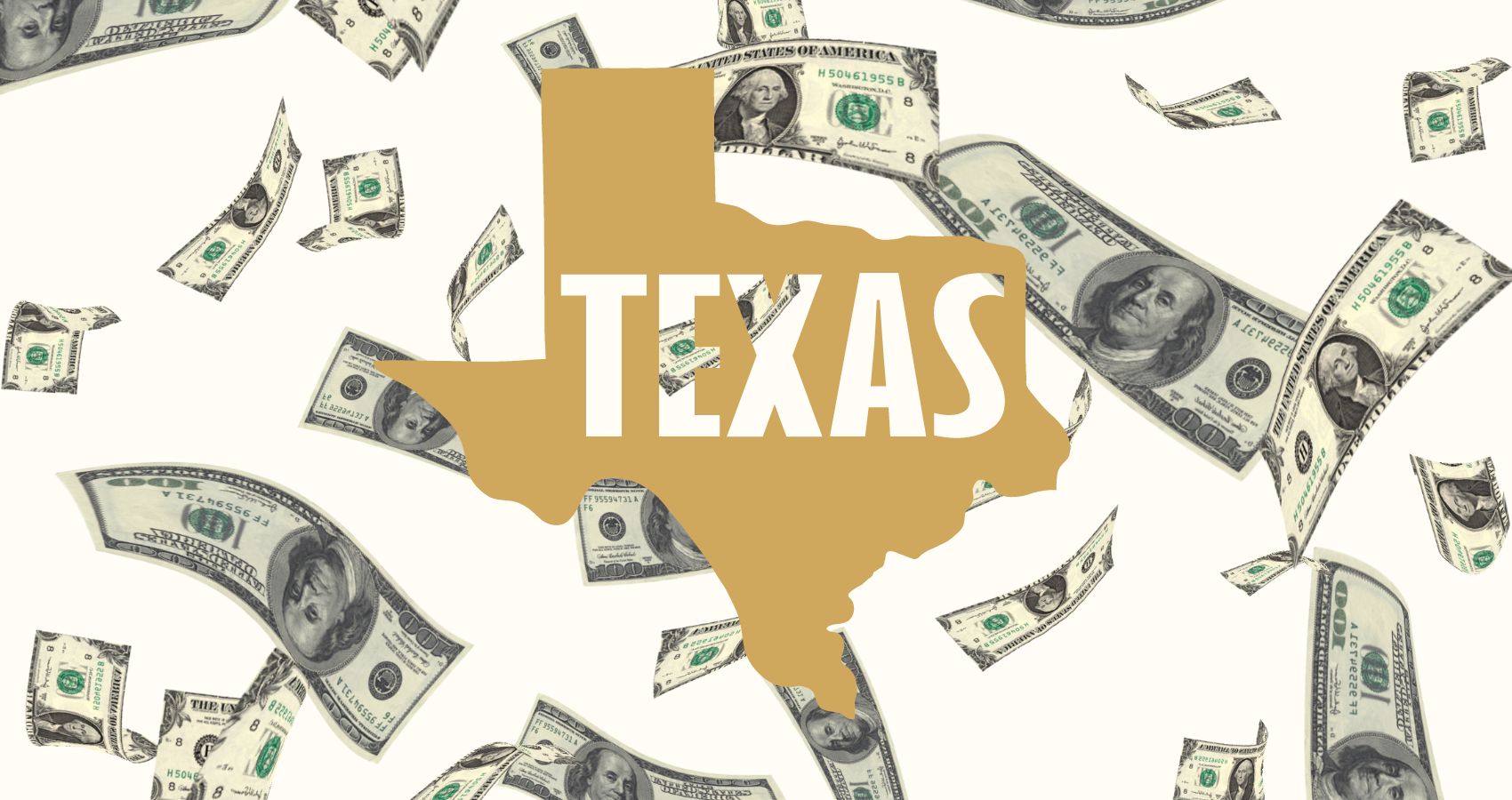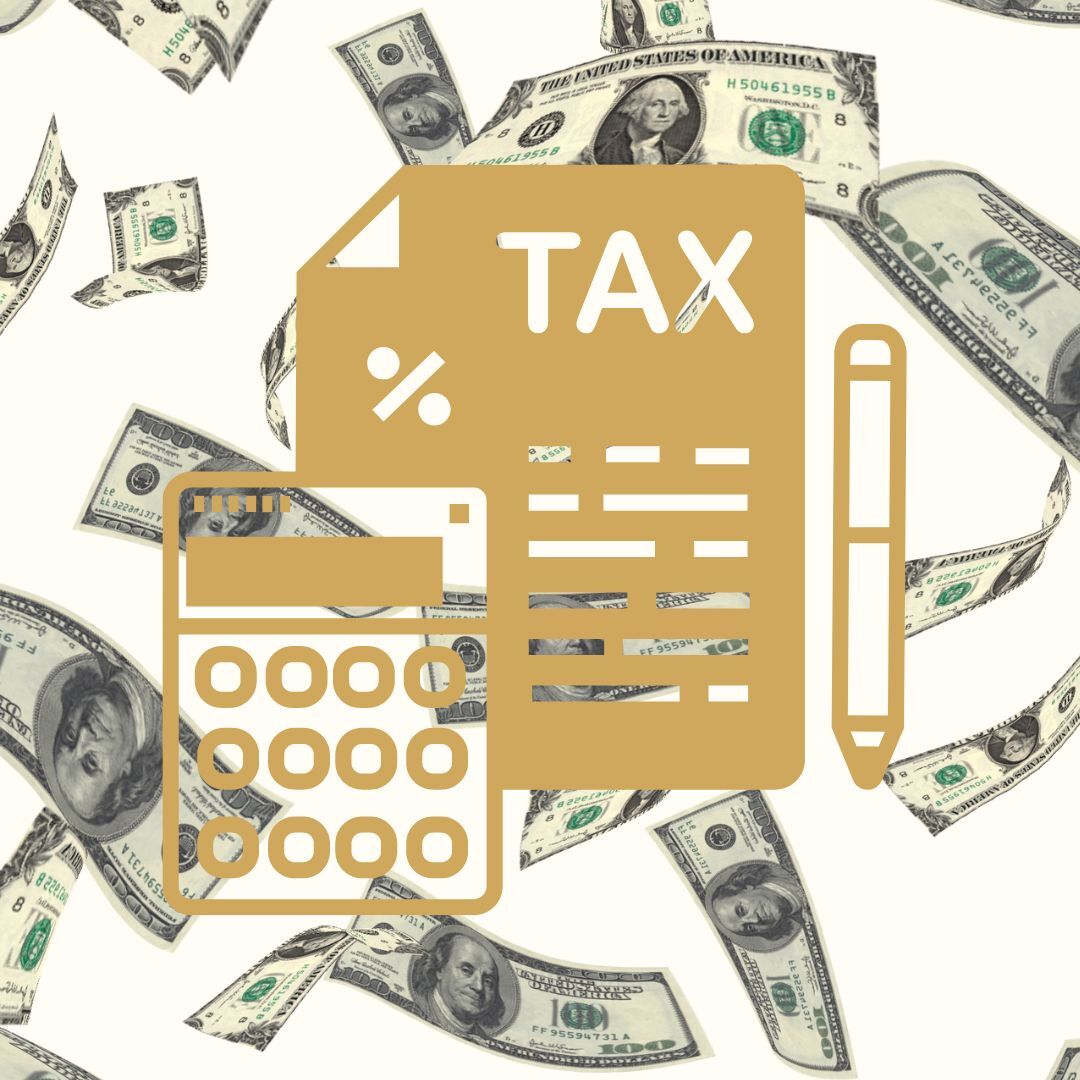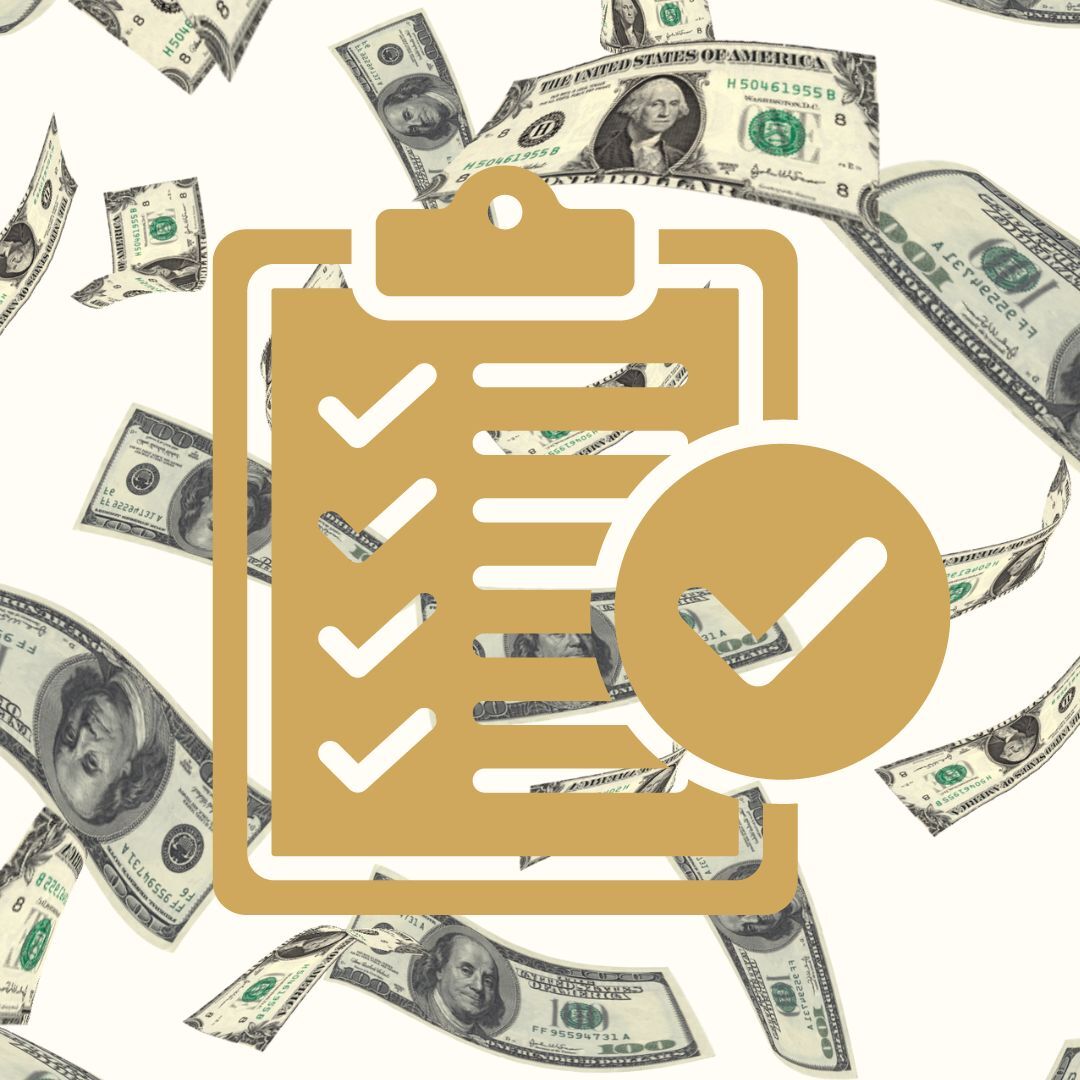
The Impact Of Texas's Tax Structure On Economic Growth
Unraveling Texas's tax framework.
In the vast landscape of the United States, each state showcases a unique economic profile, largely influenced by its tax structure. Texas, the second-largest state by both area and population, stands out for its distinctive approach to taxation and its consequent impact on economic growth. This analysis delves into the nuances of Texas's tax structure, exploring its benefits and challenges, and ultimately how it shapes the state's economic prosperity.
Understanding Texas's tax framework
Texas distinguishes itself in the realm of taxation by not levying a state income tax, a feature that significantly shapes its economic and social landscape. This absence positions Texas as an attractive destination for individuals and businesses seeking favorable tax conditions. Instead, the state's revenues hinge on sales and property taxes. Sales taxes, applied to most goods and a broad array of services, along with property taxes on both residential and commercial properties, form the backbone of Texas's fiscal strategy.
This structure not only influences consumer behavior and business operations but also plays a critical role in funding state and local government services. The strategic choice to forgo a state income tax underscores Texas's commitment to a low-taxation environment, aiming to stimulate economic activity and attract a diverse workforce. This approach, however, necessitates a careful balancing act to ensure sufficient revenue generation for public services while maintaining an equitable tax burden across different income groups.
The role of sales and property taxes

Sales tax in Texas is a major revenue generator, with a base state rate and additional local rates that can vary significantly across different regions. This consumption-based tax tends to be regressive, affecting lower-income individuals more than higher-income earners. Property taxes, on the other hand, are levied on both residential and commercial properties, contributing a substantial part to the state's financial health. These taxes finance essential public services such as education, infrastructure, and public safety, which are pivotal for economic development.
Economic growth and attraction of businesses
Texas's tax structure, characterized by the absence of a state income tax, creates a favorable environment for businesses and individuals alike. This aspect of Texas's tax policy is often highlighted in discussions about economic competitiveness and attractiveness to both domestic and international investors. The state's ability to draw in corporations and skilled workers contributes to a vibrant, growing economy. By fostering an environment that supports business expansion and job creation, Texas enhances its economic resilience and dynamism.
However, it's crucial to address the question of "how much does Texas take out for taxes?" Despite not imposing a state income tax, Texas ensures revenue through other channels. The combined burden of sales and property taxes can be significant, especially in areas with higher local rates. This structure demands a careful balance, ensuring that the tax burden does not disproportionately impact lower-income residents or deter potential investment.
Challenges and considerations

While the tax structure in Texas supports economic growth, it also presents challenges. The reliance on sales and property taxes means that fluctuations in the economy can have pronounced effects on state revenue. During economic downturns, when consumer spending decreases, sales tax revenue can diminish, leading to budgetary constraints for state-funded services. Similarly, the property tax system places a significant burden on homeowners and businesses, affecting affordability and potentially discouraging property investment.
Moreover, the regressive nature of the sales tax necessitates careful policy considerations to mitigate its impact on lower-income populations. Ensuring equitable access to essential services and maintaining a robust social safety net are critical challenges that the state needs to address to sustain long-term economic growth.
Future prospects
Looking ahead, Texas's economic trajectory remains promising, buoyed by its tax-friendly environment and strategic investments in key sectors such as technology, manufacturing, and energy. However, to sustain and enhance this growth, Texas must continually assess and adapt its tax policies. This includes finding innovative ways to diversify revenue sources, improving tax fairness, and investing in public services that underpin economic development.
Investing in infrastructure, education, and workforce development will be crucial for Texas to maintain its competitive edge. These investments not only improve the quality of life for residents but also attract businesses looking for a skilled workforce and a robust infrastructure.
Conclusion

Texas's tax structure, marked by the absence of a state income tax, plays a pivotal role in shaping its economic environment. By attracting businesses and fostering job creation, the state has positioned itself as a powerhouse of economic growth. However, the reliance on sales and property taxes introduces challenges that require thoughtful policy responses to ensure sustainable development.
Balancing revenue generation with equitable tax burdens and investing in essential public services will be key to Texas's continued economic success. As Texas navigates these challenges, it stands as a compelling model for the impact of tax policies on state-level economic growth, offering insights and lessons for policymakers nationwide.











